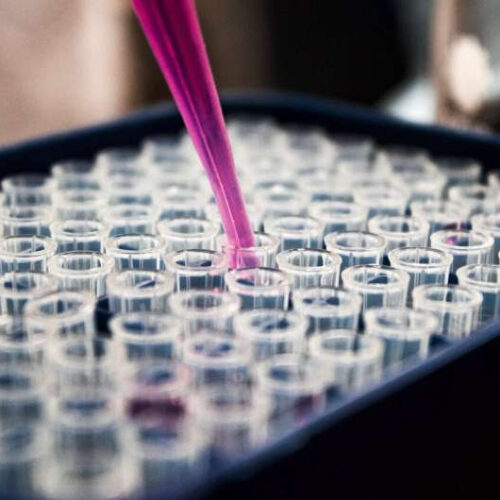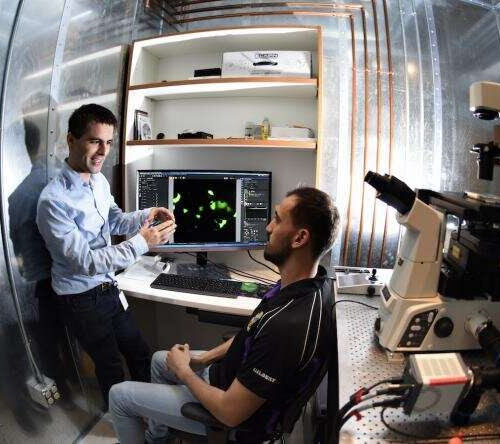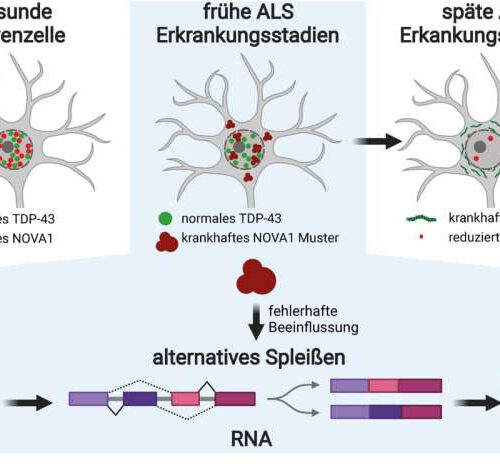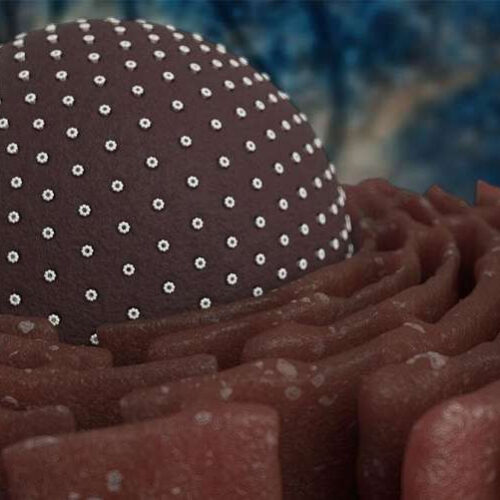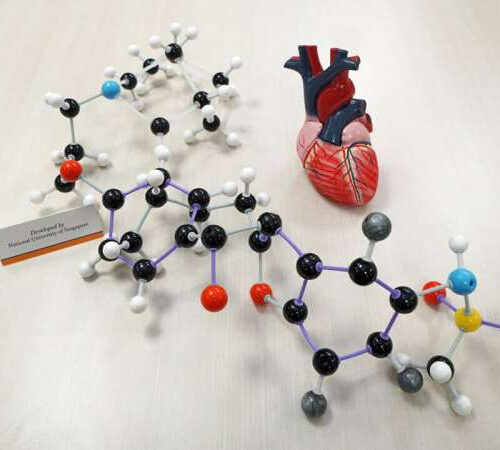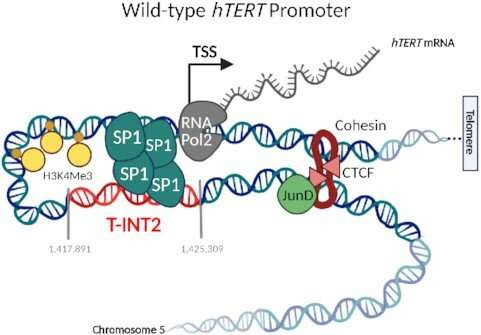by Li Yuan, Chinese Academy of Sciences Credit: Unsplash/CC0 Public Domain Fucoidan, a kind of sulfated polysaccharide present in brown algae, is considered as a promising therapeutic agent because of its multiple bioactivities. Despite growing evidence that fucoidan has a protective effect on diabetes, the effect of fucoidan on brain abnormalities in type 2 diabetes mellitus (T2DM) patients remains...
Involvement of the liver–gut peripheral neural axis in nonalcoholic fatty liver disease pathologies via hepatic HTR2A
by Niigata University Involvement of the liver-gut peripheral neural axis in nonalcoholic fatty liver disease pathologies via hepatic HTR2A. Credit: Niigata University In their Disease Models & Mechanisms study, the research group of Professor Kamimura in Niigata University has demonstrated that the autonomic liver–gut peripheral neural axis is involved in the etiology of NAFLD with key players...
Researchers discover novel light-gated potassium channel in neurons
by Graciela Gutierrez, Baylor College of Medicine Dr. François St-Pierre’s (L) lab at Baylor College of Medicine. Credit: Baylor College of Medicine A key approach to understanding the brain is to observe the behavioral effects of turning on specific populations of neurons. One of the most popular approaches to controlling neuronal activity in model systems is...
One in three stroke survivors may suffer from a treatable condition
by American Heart Association The brain has about 100 billion cells called neurons. It’s made up of distinct parts, that developed though human evolution. Credit: American Heart Association In the first year following a stroke, upwards of 1 in 3 people will experience a treatable condition called spasticity that is described as muscle stiffness, pain and...
ALS: Early disease mechanisms discovered
by Friedrich–Alexander University Erlangen–Nurnberg Stages of development in a nerve cell affected by ALS. Credit: Prof. Dr. Beate Wimmer Currently, there is no cure for amyotrophic lateral sclerosis (ALS). Things could soon change, however. Researchers at FAU and the University of California San Diego (UCSD) have identified a protein that already displays pathological characteristics at an...
Autism-related mutations inhibit export of key protein from endoplasmic reticulum
by University of Tsukuba Credit: vitstudio/Shutterstock Anyone who has ever gotten stuck in a traffic jam can attest to the disruption that it causes to your day. Now, researchers from Japan have found that an autism-associated mutation can cause a traffic jam of unfolded proteins that disrupts normal brain function. In a study that was recently...
Link between specific brain protein and vulnerability to temporal lobe epilepsy neurodegeneration discovered
by Audrey Post, Florida State University Graphical abstract. Credit: Journal of Neurophysiology (2022). DOI: 10.1152/jn.00070.2022 A team of Florida State University College of Medicine researchers has found a link between a specific protein in the brain and increased vulnerability to neurodegeneration for individuals with temporal lobe epilepsy (TLE). Their findings are published in the Journal of Neurophysiology. TLE is...
A tear-soluble contact lens with silicon nanoneedles to treat eye diseases
by Bob Yirka , Medical Xpress Credit: Unsplash/CC0 Public Domain A team of researchers from Purdue University and the University of Michigan, both in the U.S., working with colleagues from Hanyang University, Hongik University and the Kumoh National Institute of Technology, all in the Republic of Korea, has developed a type of contact lens with...
New drug molecule for treatment of atrial fibrillation
by National University of Singapore Molecular structure of poyendarone, a new drug candidate for the treatment of atrial fibrillation. Credit: National University of Singapore Scientists from the National University of Singapore (NUS) Department of Pharmacy have developed an improved pharmaceutical drug for the treatment of the most common heart rhythm disturbance—atrial fibrillation (AF). The 8-member research...
New discovery in cancer progression paves way to cancer drugs with fewer side effects
by Agency for Science, Technology and Research (A*STAR), Singapore Graphical abstract. Credit: Nucleic Acids Research (2022). DOI: 10.1093/nar/gkac479 Scientists from A*STAR’s Institute of Molecular and Cell Biology (IMCB) and Genome Institute of Singapore (GIS), as well as the NUS Cancer Science Institute of Singapore (CSI Singapore), National Cancer Center Singapore (NCCS) and Nanyang Technological University (NTU), have...

